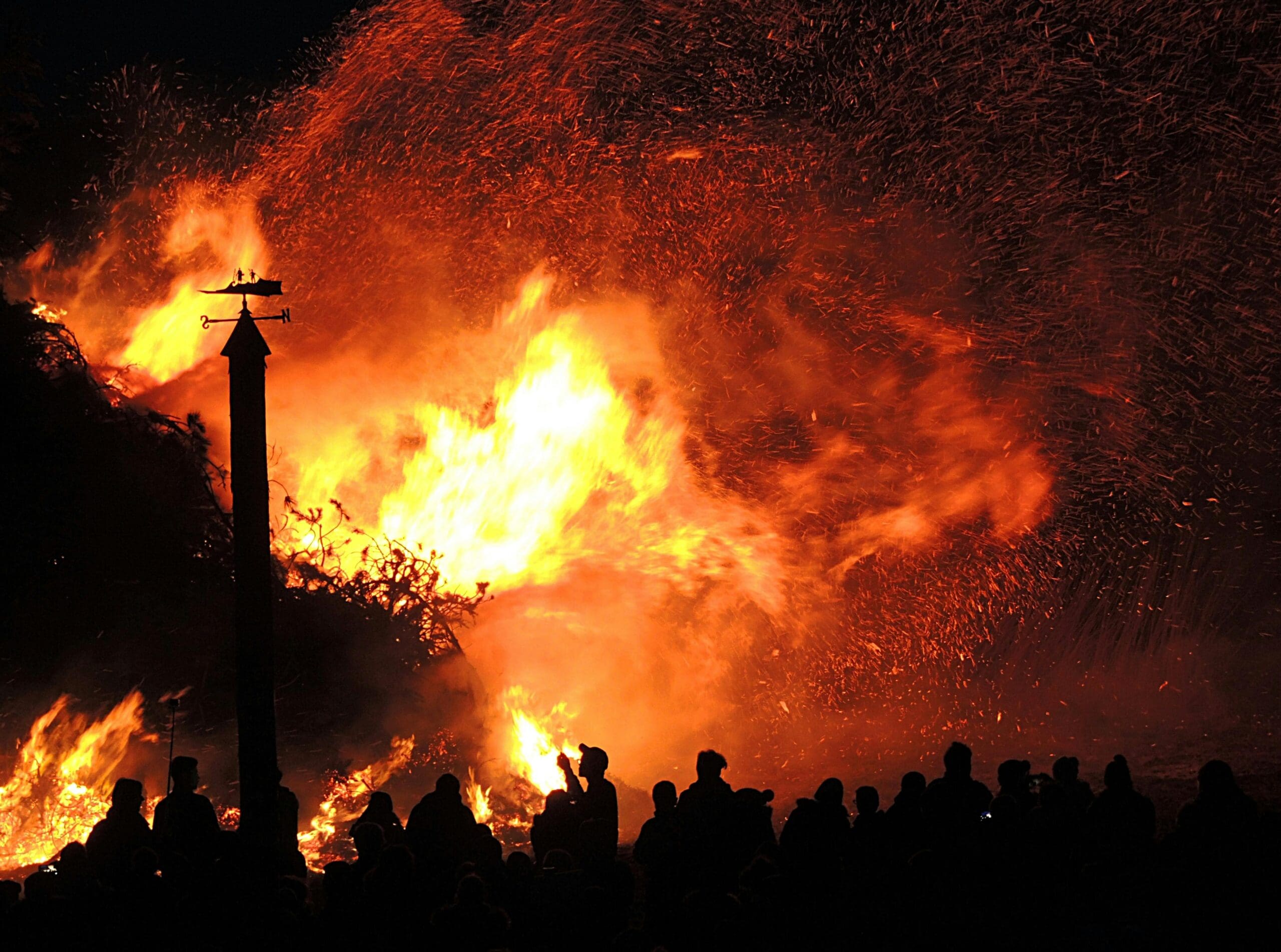
Navigate Forest Fires Safely
1. Check Fire Conditions Before Heading Out
Before you go hiking or camping, always check the fire risk for the area. You can:
- Listen to radio stations for updates.
- Use wildfire tracking apps or websites.
- Contact local rangers or fire authorities.
Staying informed can help you avoid dangerous situations.
2. Be Prepared
If you’re in an area that’s at risk for fires, be ready. Here’s how:
- Pack an emergency kit with essentials like water, food, a first-aid kit, a flashlight, and maps.
- Learn the terrain and know evacuation routes.
- Bring a mask or bandana to protect against smoke.
- Set up camp in areas with little vegetation and away from dry brush.
Being prepared means you can act quickly if a fire starts.
3. Look for Warning Signs
Fires often give signs before they become a major threat. Watch out for:
- Smoke in the distance: Even small amounts of smoke can indicate a nearby fire.
- Changes in the weather: Sudden dry winds or heat could increase fire risk.
- The smell of burning: If you can smell smoke, a fire may be closer than you think.
If you notice any of these signs, leave the area immediately.
4. Stay Calm if a Fire is Close
If you spot a fire, stay calm and follow these steps:
- Check the wind direction: Move upwind (away from the wind) to avoid the fire’s path.
- Find an open space: Fires spread more slowly in areas without much vegetation, like clearings or rocky terrain.
- Head downhill: Fires move faster uphill, so try to get to lower ground.
- Cover your nose and mouth: Use a cloth or mask to filter out smoke.
5. Avoid Dangerous Areas
Certain spots are riskier during a fire. Stay away from:
- Canyons or valleys: Fire can quickly funnel through these areas.
- Thick brush: Dense vegetation fuels fires and spreads them faster.
- Low-lying areas: Fire can move quickly into ravines and depressions.
Move to open, flat areas with little vegetation to stay safe.
6. Find Shelter if You Can’t Escape
If you can’t outrun the fire, find shelter:
- Lie low in a cleared area: Find a ditch or low spot and cover yourself with dirt or a blanket.
- Take cover in water: If there’s a river, lake, or even a small creek, get into it to protect yourself from the heat.
- Stay calm: Fires move fast, but they usually pass quickly. Wait for the fire to move on before coming out.
7. Stay Safe After the Fire Passes
Even after the fire passes, there are still dangers:
- Watch for hot spots: Smoldering debris can reignite, so be careful where you walk.
- Check the air quality: Smoke and ash can still make it hard to breathe, so wear a mask if needed.
- Get medical help: If anyone is burned or struggling with smoke inhalation, seek help right away.
8. Prevent Wildfires
To help prevent wildfires, follow these fire safety tips:
- Never leave a campfire unattended.
- Properly dispose of cigarettes or matches.
- Follow local fire bans or restrictions, especially during dry seasons.
Conclusion
Forest fires are serious, but by staying alert, preparing in advance, and knowing how to react, you can protect yourself and others. Stay safe, stay calm, and be ready if a fire breaks out.
Categories: Blog






